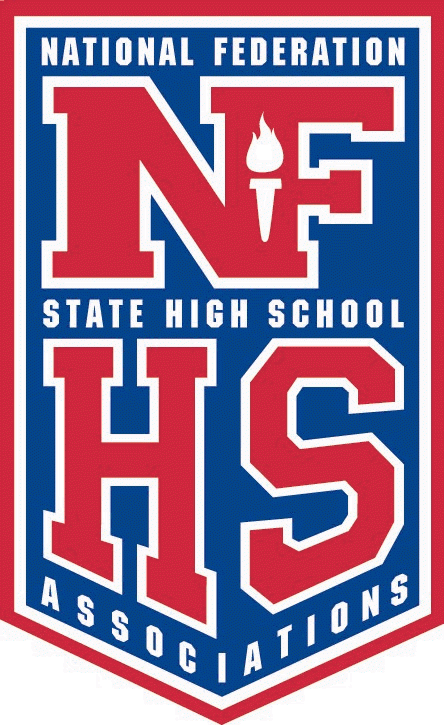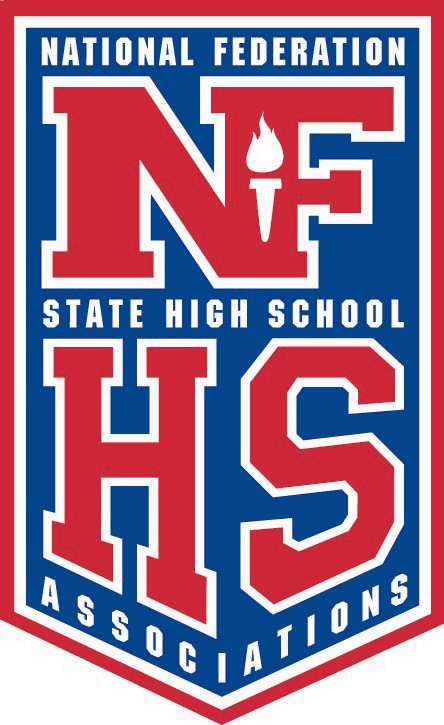
 The National Federation of State High School Associations (NFHS) Spirit Rules Committee revised several rules for the 2015-16 season, all of which focused on minimizing risk to participants.
The National Federation of State High School Associations (NFHS) Spirit Rules Committee revised several rules for the 2015-16 season, all of which focused on minimizing risk to participants.
At its March 7-9 meeting in Indianapolis, the committee made changes in the sections on inversions, non-release stunts, release stunts/tosses, suspended stunts and tumbling. The committee’s recommended changes were subsequently approved by the NFHS Board of Directors.
In the section on tumbling, a new article was added stating that competitors cannot jump from a standing or squatting position backwards onto the neck, shoulders or hands.
In the suspended stunts section, a new article was added stating that a top person must not be in a face-down position between bases in which the top person’s torso is suspended between the arms and legs.
The committee noted that suspending a person face down with his or her arms and legs suspended backward above the torso increases risk. This addition to Rule 2-8 clarifies what body positions are illegal in a suspended stunt.
“The committee has to look at staying ahead of creative coaches and write rules to deal with new skills,” said Susie Knoblauch, NFHS director of performing arts and sports and staff liaison to the Spirit Rules Committee. “The committee attempts to look at how the stunts can be done safely as opposed to simply eliminating them.”
In Rule 2-7 regarding release stunts/tosses, the committee eliminated Rule 2-7-3b, stating that the top person in a quick toss can continue in transitional stunts with minimal risk. Several changes were made in 2-7-6 regarding release transitions, including that the top person must be caught by the original base(s) and that the skills used before and after the release must be legal. Also, in 2-7-6b, the tick tock does not have to be multi-base, so non-braced, single-base tick tocks that begin at or below shoulder level will be allowed.
Regarding non-release stunts in Rule 2-6, the committee clarified that the top person can be moved to his/her sides in addition to a face-up or face-down position.
Knoblauch noted that several revisions were approved in Rule 2-5 regarding inversions to provide more clarity to the rules. Among those changes is a new article permitting braced inversions in a pyramid that do not flip or roll provided several conditions are met, including that the top person does not begin in an extended inverted position.
In addition, the Spirit Rules Committee agreed to expand the section on dance and drill/pom (Rule 3) in the 2016-17 NFHS Spirit Rules Book.
A complete listing of all rules changes is available on the NFHS website at www.nfhs.org. Click on “Activities & Sports” at the top of the home page, and select “Spirit.”
According to a survey of NFHS-member state associations in 2009, there are about 400,000 high school cheerleaders in the United States, including 120,593 who are involved in competitive spirit squads, which ranks ninth among girls sports according to the 2013-14 High School Athletics Participation Survey conducted by the NFHS. There are also about 33,000 girls who participate in dance or drill/pom teams, according to the same survey.
About the National Federation of State High School Associations (NFHS): The NFHS, based in Indianapolis, Indiana, is the national leadership organization for high school sports and performing arts activities. Since 1920, the NFHS has led the development of education-based interscholastic sports and performing arts activities that help students succeed in their lives. The NFHS sets direction for the future by building awareness and support, improving the participation experience, establishing consistent standards and rules for competition, and helping those who oversee high school sports and activities. The NFHS writes playing rules for 16 sports for boys and girls at the high school level. Through its 50 member state associations and the District of Columbia, the NFHS reaches more than 19,000 high schools and 11 million participants in high school activity programs, including more than 7.7 million in high school sports. As the recognized national authority on interscholastic activity programs, the NFHS conducts national meetings; sanctions interstate events; offers online publications and services for high school coaches and officials; sponsors professional organizations for high school coaches, officials, speech and debate coaches, and music adjudicators; serves as the national source for interscholastic coach training; and serves as a national information resource of interscholastic athletics and activities. For more information, visit the NFHS website at www.nfhs.org.

There are no comments
Please login to post comments